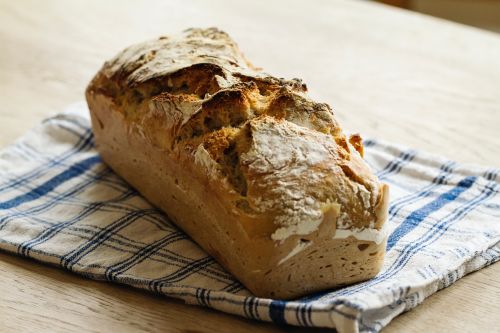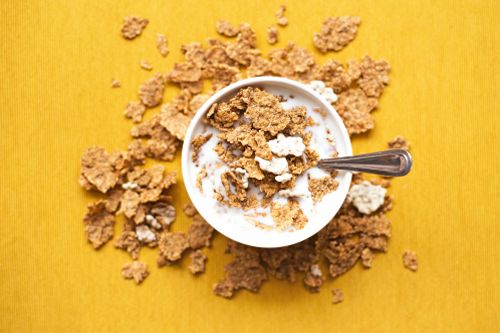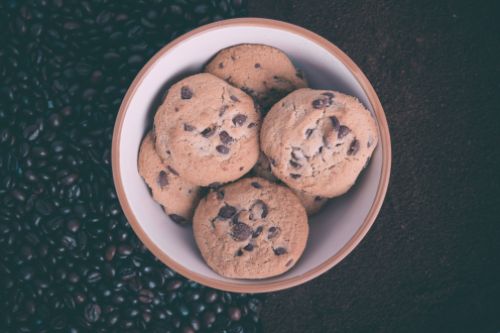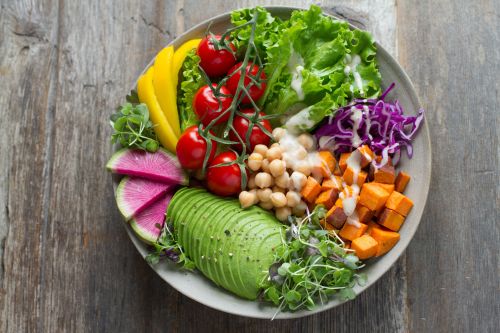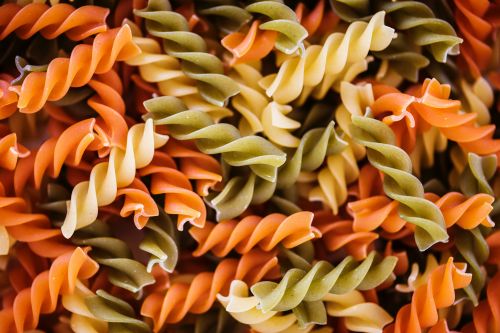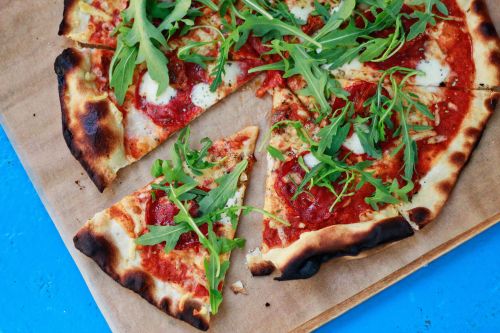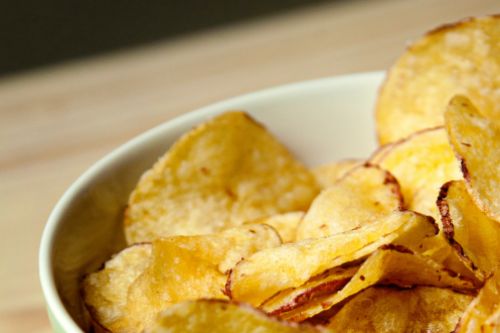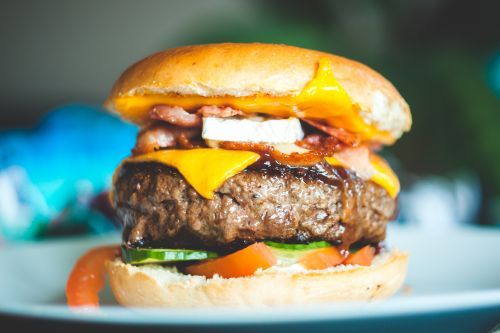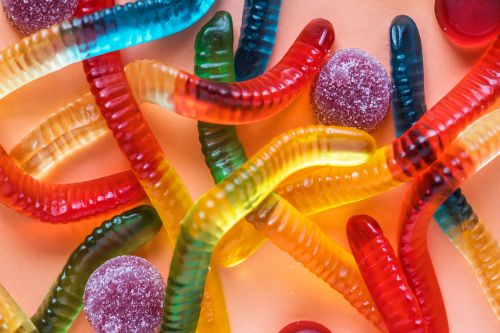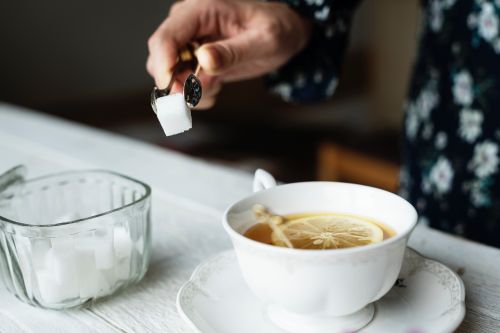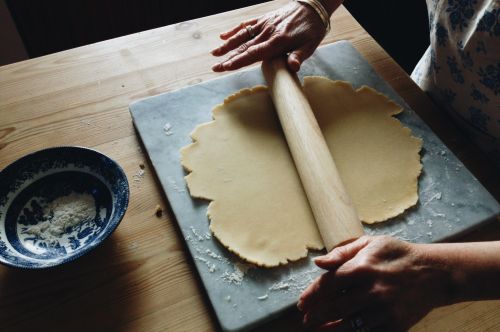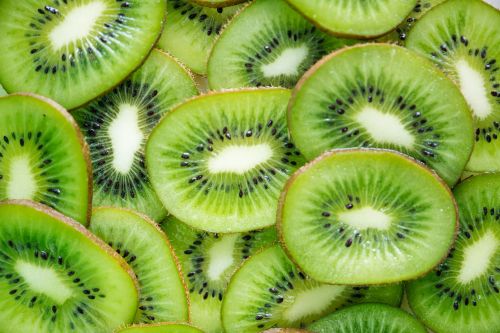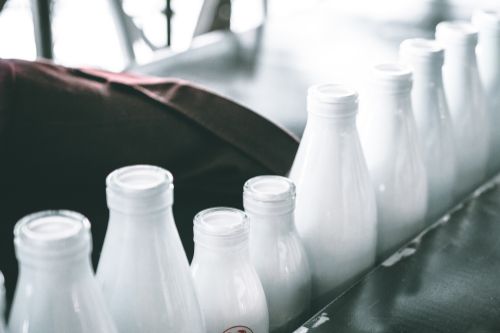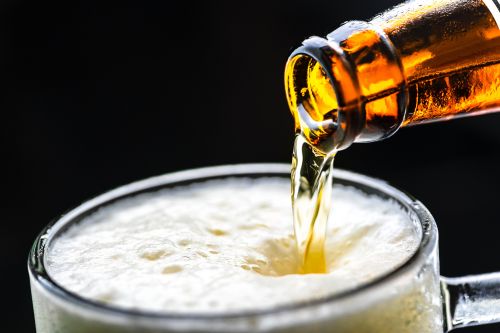Count your carbs

Objective: To be able to calculate the carbohydrate content of a meal or snack.
Carbohydrate is the main nutrient that increases your blood glucose level. Knowing the carbohydrate content of your food allows you to match the amount of insulin you take to the amount of carbohydrate you are eating. This helps to control your blood glucose level and widens the choice of foods you can eat. The carbohydrate is counted as carbohydrate portions (CPs), as CPs are used to work out your insulin dose (see 'Adjusting insulin').
1 CP = 10 grams of carbohydrate
For example:
Carbohydrate is the main nutrient that increases your blood glucose level. Knowing the carbohydrate content of your food allows you to match the amount of insulin you take to the amount of carbohydrate you are eating. This helps to control your blood glucose level and widens the choice of foods you can eat. The carbohydrate is counted as carbohydrate portions (CPs), as CPs are used to work out your insulin dose (see 'Adjusting insulin').
1 CP = 10 grams of carbohydrate
For example:
- Imagine you have a portion of cooked rice that weighs 200g
- In 100g of cooked rice, there are 30g of carbohydrate
- That's 3 CPs in 100g
- Your 200g portion therefore has 60g of carbohydrate
- That's 6 CPs
Carbohydrate comes mainly from starchy or sugary foods and is in fruit and milk. Some foods contain little or no carbohydrate. They have little effect on your blood glucose levels and are ignored in making the insulin dose calculations. These are:
- Protein foods (meat, poultry, fish, eggs,cheese, nuts)
- Fat (butter, margarine, vegetable oils, cream)
Now have a look at the carbohydrate reference tables (given below) and then why not try the 'Quiz' to see what you have learnt?
The Carbohydrate Reference Tables
These lists give the number of CPs in a typical portion and the CPs per 100g (about 4 oz). Click on the picture or name of the food group to take you to the information. You can also get information from food labels, but use total carbohydrate (add starches and sugars).
Last updated06 Jun 2022


